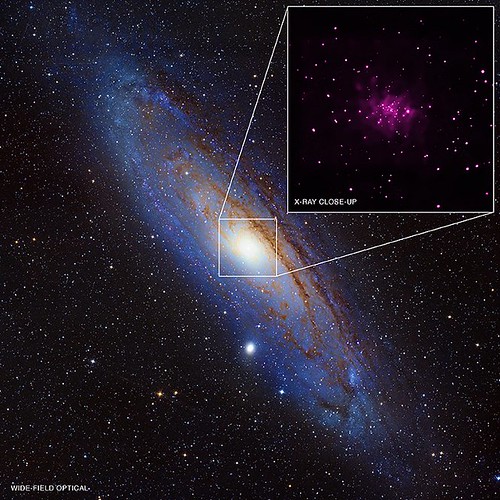Context:
Recently, Astronomers have detected the largest stellar black hole, BH3, with a mass 33 times that of the Sun in the Milky Way galaxy.
More on News
- It is located 2,000 light years away from Earth in the Aquila constellation, making it the second nearest black hole discovered.
- The closest black hole is Gaia BH1, which is located about 1,500 light-years away and has a mass that is nearly 10 times that of our sun.
- The discovery was made when researchers were analysing data from the European Space Agency’s Gaia mission, launched in 2013 to building the largest, most precise three-dimensional map of our galaxy by surveying nearly two billion objects.
- The newly discovered stellar black hole “Gaia BH3” has dethroned Cygnus X-1, which is 21 times as massive as the Sun, to become the most massive black hole of stellar origin in the Milky Way.
- Gaia BH3 was observed causing an odd ‘wobbling’ motion on the companion star orbiting it.
- The European Space Agency announced the discovery about a year ago of Gaia BH1 and Gaia BH2. While these stellar black holes are much closer to Earth than BH3, just 1,560 light-years away, they aren’t nearly as big.

How is a stellar black hole formed?
- When a star with over eight times the mass of the Sun exhausts its fuel, it undergoes a supernova explosion, collapsing its core to create a stellar black hole.
- However, astronomers still struggle to understand and explain exactly how these types of black holes came to be, especially one 30 times the mass of the sun.
- Apart from stellar black holes, our galaxy plays host to a supermassive black hole (which sits at the centre of the galaxy and are hundreds of thousands of billion times the Sun’s mass).
- The supermassive black hole in Milky Way is Sagittarius A, about 4 million times the mass of the Sun and is 26,000 light years away.

